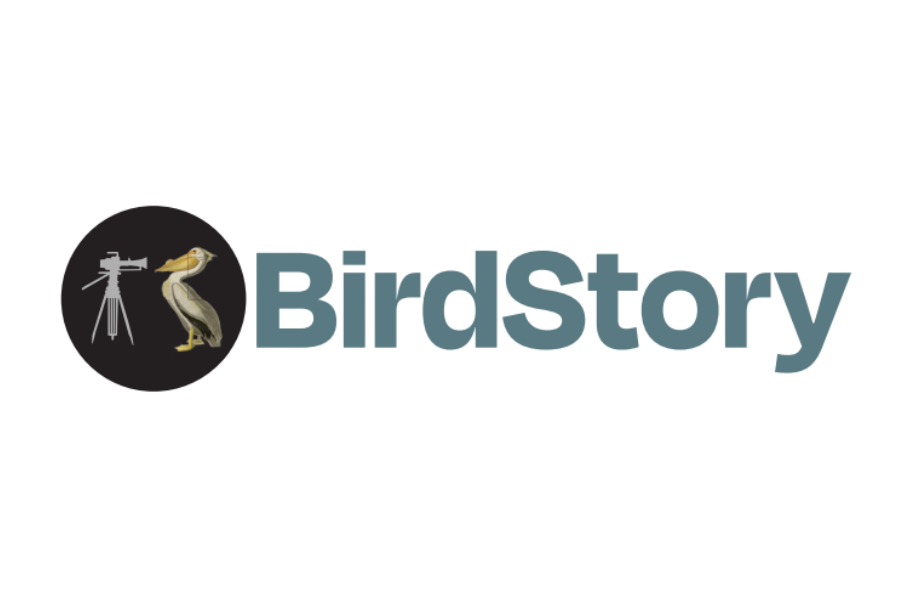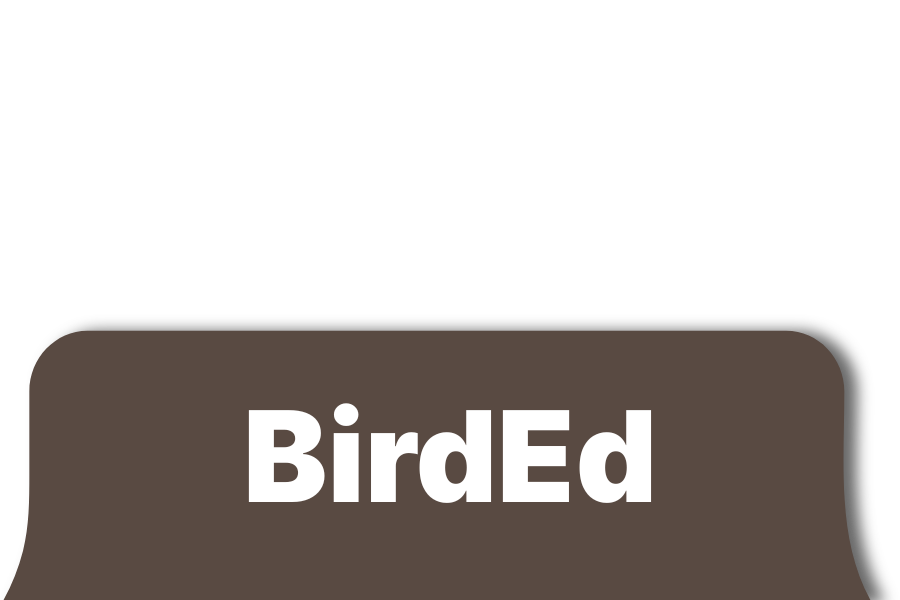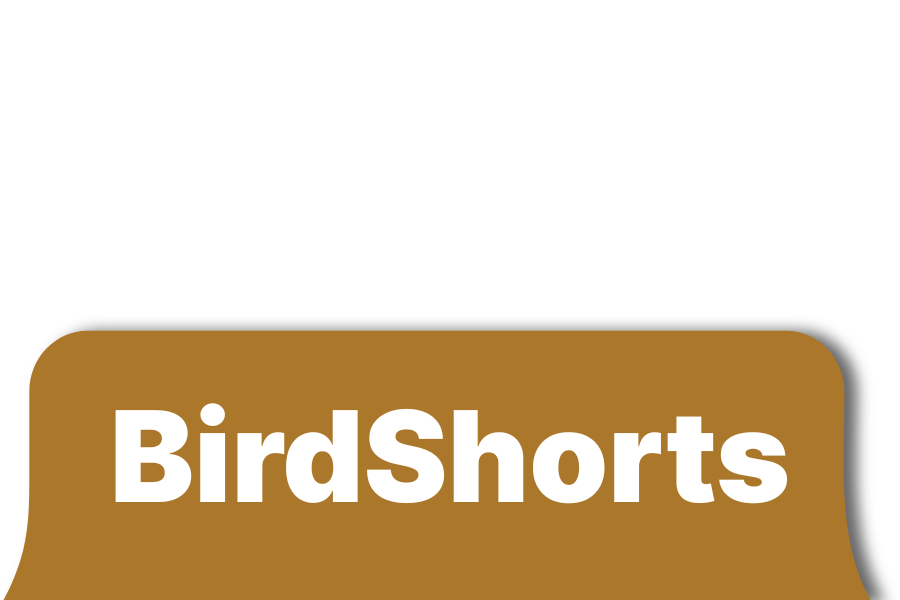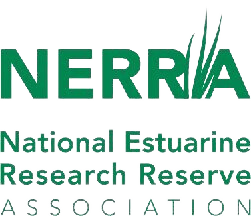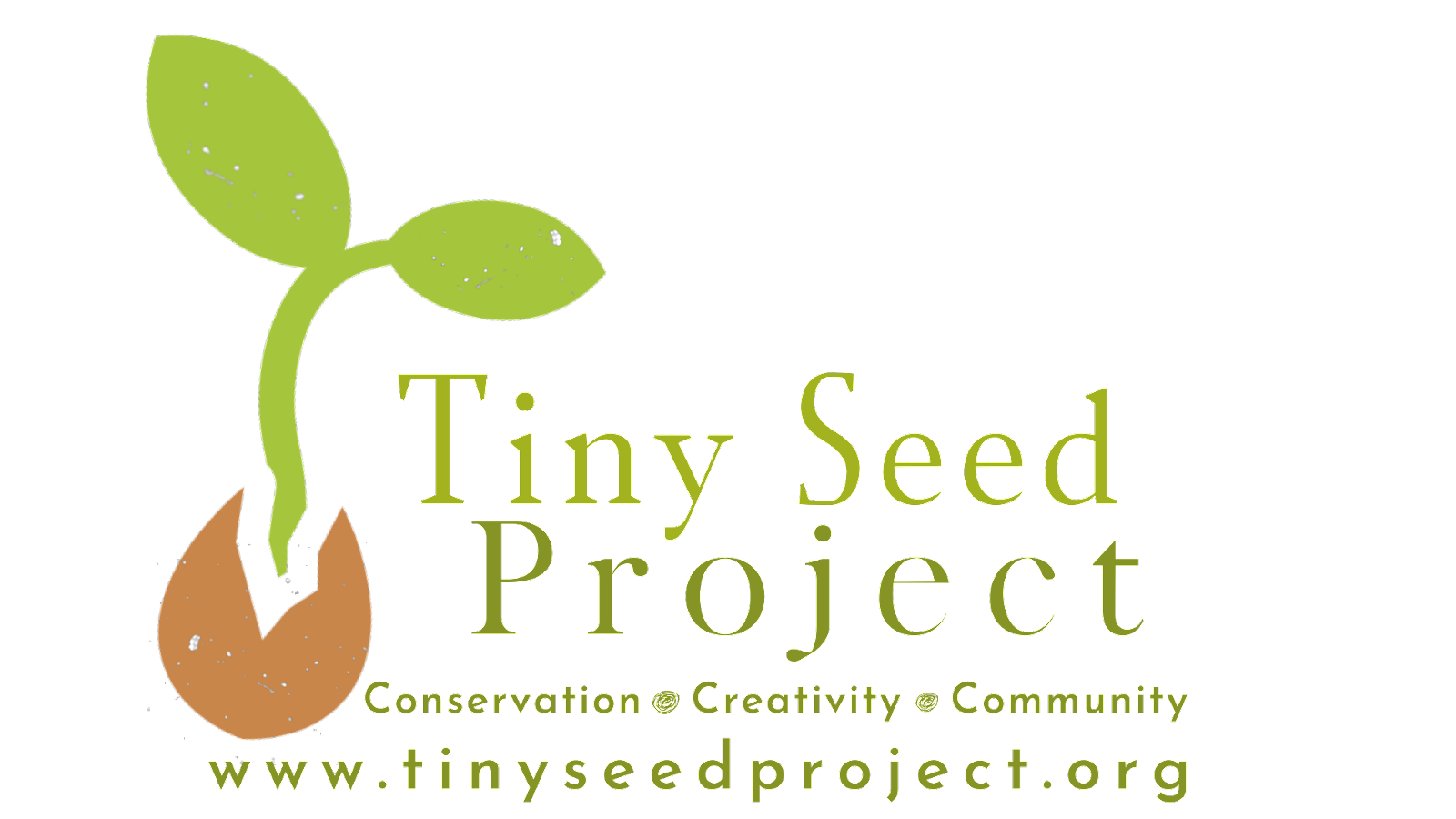BIRDS OF AMERICA
how birds can save us
BirdStory
Independent, creative, impact-driven media about birds for people.
With birds as our focus, we combine top-tier storytelling, award-winning cinematography, cutting-edge scientific research and an innovative grassroots distribution strategy to tackle America’s most pressing conservation crises.
We reach, teach, and engage across political, economic, educational and social divides, aiming to transform personal response to political will to save birds – and us.
eight birds:
Working in partnership with the Cornell Lab of Ornithology, BirdStory has selected eight birds for eight stories that help us understand the causes and impacts of climate change and biodiversity loss – as well as inspire and connect us to birds, each other and our American landscapes.
BASTION: The Northern Gannet
This once endangered bird thrives because of a remote, protected reserve; yet such “fortress conservation” is increasingly challenged by the ubiquity of climate change.
DESTINY: The Greater Prairie Chicken
The Greater Prairie Chicken’s predicted functional extinction is a direct result of the on-going, wholesale destruction of Midwestern landscapes – and our preference for its romantic mythology.
AESTHETIC: The Whip-poor-will
The tidying of nature, as a practice and ideology rooted in the development of our post-War suburbs, has resulted in pathological, national “lawnification” now endangering species like the Whip-poor-will that prefer “messy” habitat.
RESILIENCE: The Whimbrel
Pure human greed nearly put an end to the Whimbrel; collective, bi-partisan laws like the Migratory Bird Act and preservation of key migratory staging areas are powerful acts of reparation that ensure their present persistence.
MARGINS: The Saltmarsh Sparrow
The plain Saltmarsh Sparrow is a canary in the coal mine of climate change: the steady rise in sea-water level is drowning young chicks and pushing the species towards extinction. Even as our own “coastal habitat” of condos and golf courses is under increasingly obvious, measurable threat, we continue to and build (and rebuild).
MYSTERY: The Cahow
300 years ago the Cahow, or Bermuda Petrel, was believed exterminated by Spanish settlers in the Caribbean. Then, in 1951, 8 pairs were found on rocky Bermudan outcrop by a local boy. Seabirds are particularly elusive to us: albatrosses, shearwaters, terns represent the sublime and ineffable.
ADAPTATION: The Peregrine Falcon
We laud the success of the Peregrine Falcon in adapting to cityscapes but ignore the millions of migrating songbirds dying in window strikes. Environmental changes are now occurring so quickly that most species’ adaptions – developed over deep time - cannot possibly keep up. Including Homo sapiens.
OBLIVION: The Ivory Gull
Living in complete isolation from humans, this elusive Arctic traveler has been neither adequately filmed nor studied and is bound to the same fate of starvation as the polar bear. As the pack ice melts, we watch with terrible scientific omniscience, this exquisite wild white bird vanish into oblivion.
REPARATION:
Fire blasts through a western forest. Houses explode into flame. What is our adaptive response to this? Do we rebuild in the same place? Or do we shape a new Manifest Destiny for all the gorgeous, complex life entangled in this same net of time and place?
the film:
Birds of America
Directed and filmed by Emmy-award winning cinematographer, Matt Aeberhard,
Birds of America challenges the passivity of wildlife film at this time of global environmental crises and asks us to reflect of what we can salvage. Bringing a birder’s passion, an activist’s ethos and a deeply artistic sensibilty to the screen, Matt explores the intimate, overlooked drama of eight birds as they navigate our violently changing world: our warming seas, our remnant wilderness, our suburbs and cities, our industrial farms, our backyards – the places we call America.
Let us attend to birds: their fundamental right to co-exist with us; their resilience and complex sentience;
their meaning to us not just as projections of human hope but as harbingers of our own, imminent existential challenges;
their mystery and self-sufficiency;
their invisible kingdoms.
saving birds teaches us
to save ourselves.
the film
Filmed and directed by Matt Aeberhard, one of the world’s leading wildlife cinematographers and a passionate birder, Birds of America illuminates our birds’ struggle, success and failure as they navigate the Anthropocene: our warming seas, our remnant wilderness, our suburbs and cities, our industrial farms. Dependent on ancient instincts, our birds offer us a stark warning of our own future if we fail to adapt to the juggernaut of change.
The human-entangled stories of the Whimbrel, the Gannet, the Prairie Chicken, the Whip-poor-will, the Cahow, the Saltmarsh Sparrow, the Peregrine and the Ivory Gull give us a definitive line in the sand: we must recognize the threats to our birds that are accelerating at a terrifying rate due to habitat loss and climate change. Compelling, informative, powerfully cinematic,
Birds of America reaches out to birders and non-birders urging us to act urgently with every tool at our disposal.
building an engaged, action-oriented film community
We know how much audiences love the “making of” elements in wildlife films. Instead of leaving these
on the end of the film as an after-thought, we’re using them as an opportunity – a back-stage pass to
the filmmaking process as we film to build viewership.
These behind the scenes/behind the blind vlogs
will be regularly dropped during production and feature:
- Matt’s technical, personal and practical challenges filming birds in remote locations and terrible
weather.
- Conservation stories, freshly presented from Matt’s perspective.
- Matt’s engagement with activists from multiple disciplines who are fighting for birds and bird habitat.
- Mentoring opportunities for Matt to inspire and educate a new generation of wildlife filmmakers responding to new challenges.
impact
BirdStory’s media seeks to reach, teach and engage a truly diverse public about the causes and consequences of climate change and biodiversity loss, and to foster emotional connection to our familiar, local landscapes, and thereby to ignite widespread attitude change, individual and social action.
REACH
As a non-profit with 100% control of our IP BirdStory is building a vascular, grassroots distribution through birding and conservation organizations, high schools and undergraduate programs, social and rec clubs, hunters, naturalists and community groups.
TEACH
From concept to delivery, BirdStory’s media is carefully designed with input from our partners to create stories that increase understanding of key environmental issues at a local, regional and national level.
ENGAGE
By inventing formats, presenting stories from fresh, un-biased perspectives and encouraging informed reflection, BirdStory deliberately seeks to engage neglected audiences and appeal to key conservation constituents – to bridge demographic and education divides.
Birds of America is a part of the Tiny Seed Collective and is fiscally sponsored by Tiny Seed Project Inc. 501(c)3. Your donation is tax-deductible.
BASTION: The Northern Gannet
This once endangered bird thrives because of a remote, protected reserve; yet such “fortress conservation” is increasingly challenged by the ubiquity of climate change.
DESTINY: The Greater Prairie Chicken
The Greater Prairie Chicken’s predicted functional extinction is a direct result of the on-going, wholesale destruction of Western landscapes – and our preference for its romantic mythology.
AESTHETIC: The Whip-poor-will
The tidying of nature, as a practice and ideology rooted in the development of our post-War suburbs, has resulted in pathological, national “lawnification” now endangering species like the Whip-poor-will that prefer “messy” habitat.
RESILIENCE: The Whimbrel
Pure human greed nearly put an end to the Whimbrel; collective, bi-partisan laws like the Migratory Bird Act and preservation of key migratory staging areas are powerful acts of reparation that ensure their present persistence.
MARGINS: The Salt Marsh Sparrow
The plain Saltmarsh Sparrow is a canary in the coal mine of climate change: the steady rise in sea-water level is drowning young chicks and pushing the species towards extinction. Even as our own “coastal habitat” of condos and golf course is under increasingly obvious, measurable threat, we continue to and build (and rebuild).
MYSTERY: The Cahow
300 years ago the Cahow, or Bermuda Petrel, was believed exterminated by Spanish settlers in the Caribbean. Then, in 1951, 8 pairs were found on rocky Bermudan outcrop by a local boy. Seabirds are particularly elusive to us: albatrosses, shearwaters, terns represent the sublime and ineffable.
ADAPTATION: The Peregrine Falcon
We laud the success of the Peregrine Falcon in adapting to cityscapes but ignore the millions of migrating songbirds dying in window strikes. Environmental changes are now occurring so quickly that most species’ adaptions – developed over deep time - cannot possibly keep up.
OBLIVION: The Ivory Gull
Living in complete isolation from humans, this elusive Arctic traveler has been neither adequately filmed nor studied and is bound to the same fate of starvation as the polar bear. As the pack ice melts, we watch, with the terrible scientific omniscience, this exquisite, wild white bird vanish into oblivion.
REPARATION:
Fire blasts through a western forest. Houses explode into flame. What is our adaptive response to this? Do we rebuild in the same place? Or do we shape a new Manifest Destiny for all the gorgeous, complex life entangled in this same net of time and place?
BASTION: The Northern Gannet
This once endangered bird thrives because of a remote, protected reserve; yet such “fortress conservation” is increasingly challenged by the ubiquity of climate change.
DESTINY: The Greater Prairie Chicken
The Greater Prairie Chicken’s predicted functional extinction is a direct result of the on-going, wholesale destruction of Western landscapes – and our preference for its romantic mythology.
AESTHETIC: The Whip-poor-will
The tidying of nature, as a practice and ideology rooted in the development of our post-War suburbs, has resulted in pathological, national “lawnification” now endangering species like the Whip-poor-will that prefer “messy” habitat.
RESILIENCE: The Whimbrel
Pure human greed nearly put an end to the Whimbrel; collective, bi-partisan laws like the Migratory Bird Act and preservation of key migratory staging areas are powerful acts of reparation that ensure their present persistence.
MARGINS: The Salt Marsh Sparrow
The plain Saltmarsh Sparrow is a canary in the coal mine of climate change: the steady rise in sea-water level is drowning young chicks and pushing the species towards extinction. Even as our own “coastal habitat” of condos and golf course is under increasingly obvious, measurable threat, we continue to and build (and rebuild).
MYSTERY: The Cahow
300 years ago the Cahow, or Bermuda Petrel, was believed exterminated by Spanish settlers in the Caribbean. Then, in 1951, 8 pairs were found on rocky Bermudan outcrop by a local boy. Seabirds are particularly elusive to us: albatrosses, shearwaters, terns represent the sublime and ineffable.
ADAPTATION: The Peregrine Falcon
We laud the success of the Peregrine Falcon in adapting to cityscapes but ignore the millions of migrating songbirds dying in window strikes. Environmental changes are now occurring so quickly that most species’ adaptions – developed over deep time - cannot possibly keep up.
OBLIVION: The Ivory Gull
Living in complete isolation from humans, this elusive Arctic traveler has been neither adequately filmed nor studied and is bound to the same fate of starvation as the polar bear. As the pack ice melts, we watch, with the terrible scientific omniscience, this exquisite, wild white bird vanish into oblivion.
REPARATION:
Fire blasts through a western forest. Houses explode into flame. What is our adaptive response to this? Do we rebuild in the same place? Or do we shape a new Manifest Destiny for all the gorgeous, complex life entangled in this same net of time and place?
